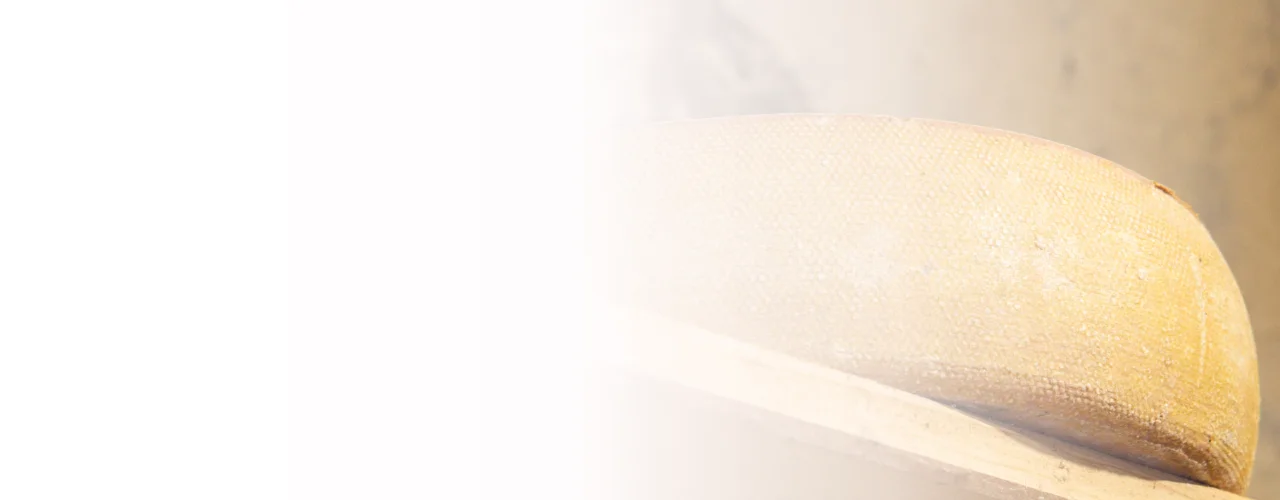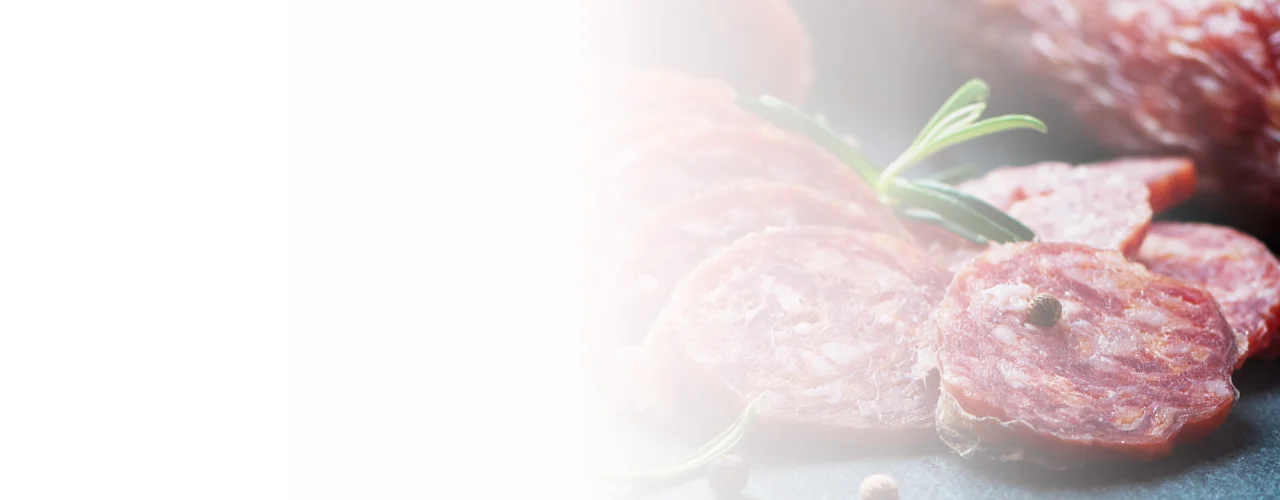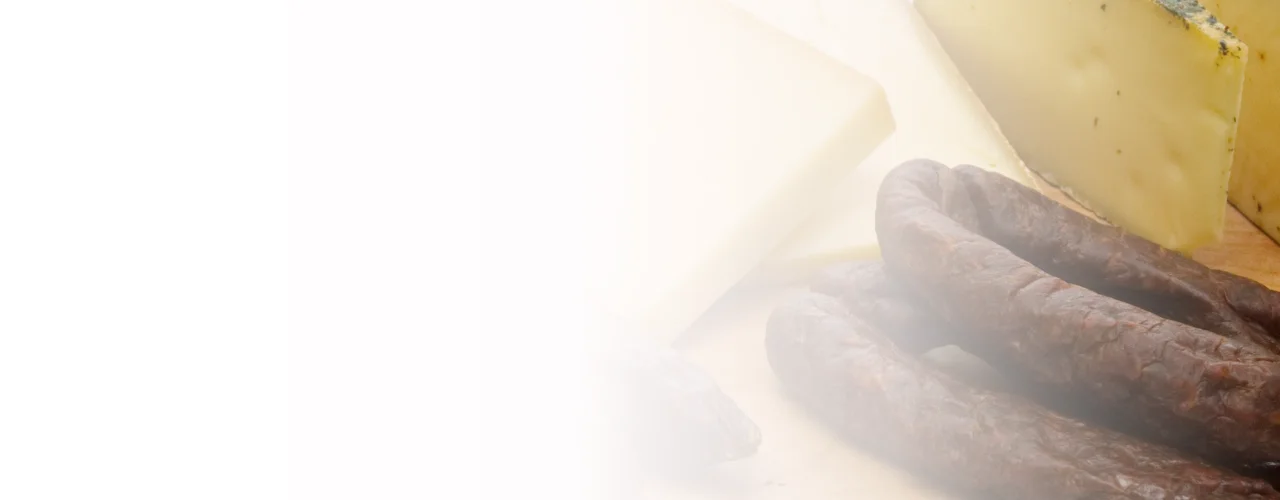Cheese encyclopedia
Inoculating cheese
Vaccination – a process in cheese production
In vaccinationIn vaccination, the milk is mixed with starter cultures (lactic acid bacteria, mold cultures). » More info, the milkCheese milk is the milk intended for the production of cheese, also with the concomitant use of buttermilk products, cream products, sweet whey, sour whey and whey cream (whey cream) » More info is mixed with starter culturesMold cultures are aroma-forming noble molds that grow on the surface (white noble mold) or inside a cheese (blue and green mold). » More info (lactic acid bacteriaBacterium Linens (red culture bacteria) are brushed with salt water on the cheese. » More info, mold cultures).
By inoculating with sour milk bacteria or by adding an animal rennet, the milk is made to clotThe milk is made to clot by adding rennet or lactic acid bacteria. The milk protein casein from the milk is felled - the basis for producing all sorts of cheese. » More info. As a result, it is thickenedThe milk is pre-acidified and thickened with the help of the rennet (calf rennet, microbial labs of bacteria or pepsin). The milk coagulates and a firmer mass forms. » More info in the jargon.
Only through a specific combination of the two processes can today the maturation process be controlled in a targeted manner. Since untreatedThe cheese is made from fresh milk, which was not treated at the beginning of the cheese making process (raw milk). It is almost as it comes from the cow's udder. » More info alpineThe Vorarlberger Bergkäse (mountain cheese) is a regional cheese specialty from the Austrian province Vorarlberg. » More info hay milkHay milk comes from cows that are fed exclusively with fresh grassland feed, hay and little grain. » More info is a pure naturalHere in Austria, we call our fresh, natural milk for our cheese production hay milk (hay mild standard) - in Germany it is different. » More info product, the flavor and aroma are as consistent as possible.
Until clottingNatural rennet is a mixture of the enzymes chymosin and pepsin, which is obtained from the abomasum of young ruminants in milk-drinking age. » More info is complete, the process takes between 30 and 40 minutes. At the same time wheyWhey is the watery greenish-yellow liquid that results from cheese making. » More info separates from the curdled proteinCasein is a constituent of the protein (protein) of cow's milk, which is obtained for cheese production. » More info of milk (jelly).
The jelly is, to better separate the whey, cut by the Senn with a so-called cheese harpAs break (or cheese curd) is called in the dairy, the resulting material, which is formed from the milk by the addition of rennet or lactic acid to the milk breakage. » More info in pieces of equal size.
By splitting the jelly, the whey dissolves and the cheese is broken:
- The smoother the pieces are cut, the better the cheese becomes.
- The smaller the jelly is cut into small pieces, the more whey exits the debris
- The smaller the pieces, the stronger the cheese will be later (different cheese products)
Back to the cheese encyclopedia


















